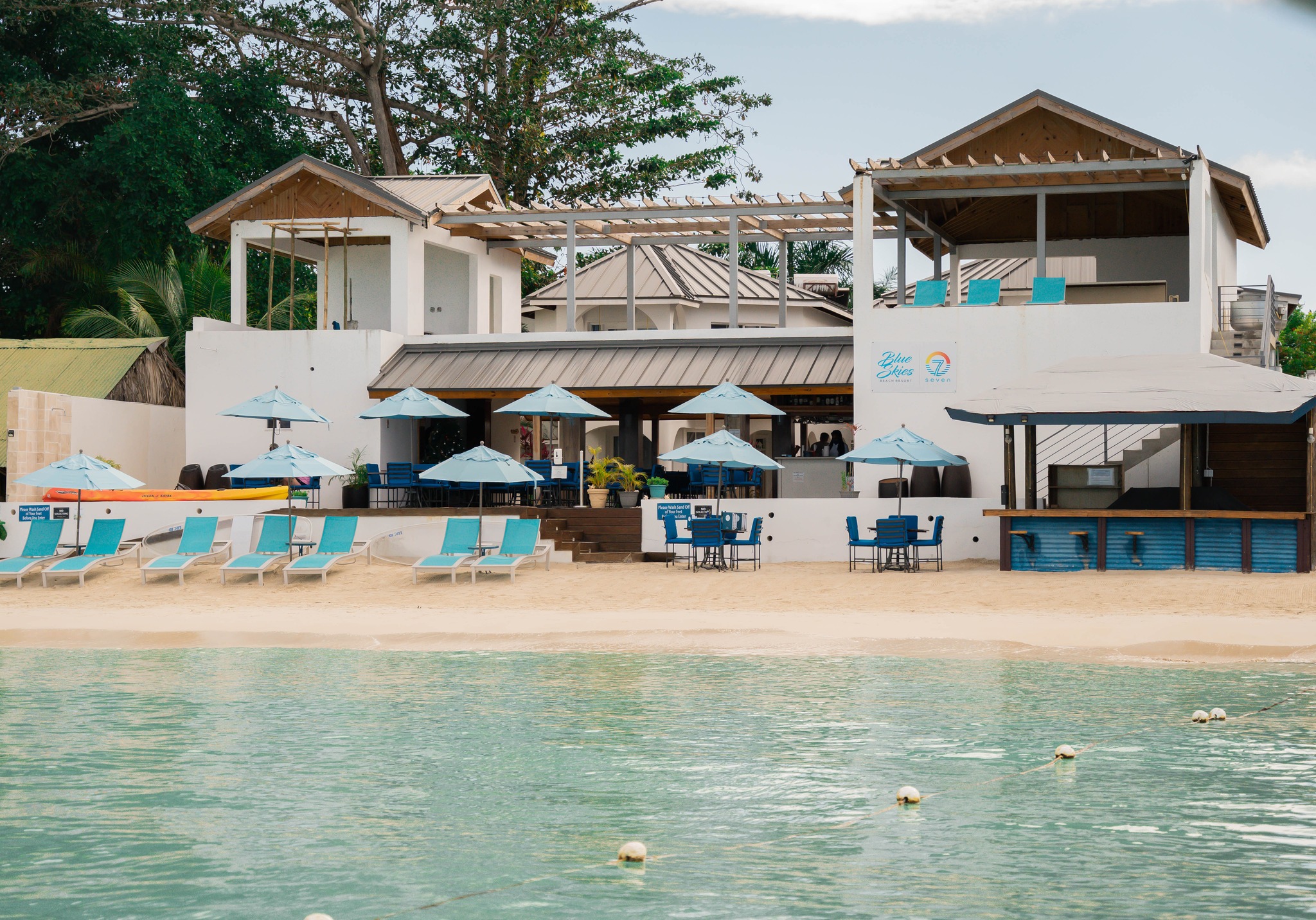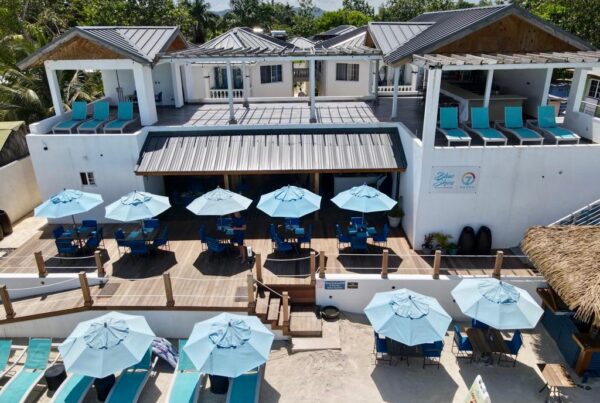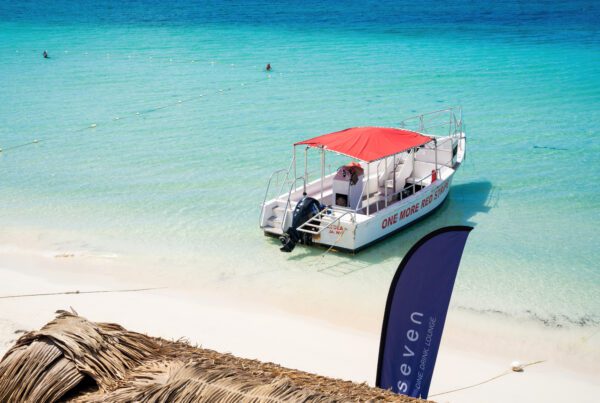Negril, Jamaica, popular for its breathtaking sunsets, pristine seven-mile beach, crystal-clear turquoise waters, and invigorating nightlife. However, beneath this paradise-like surface is a rich and diverse history, full of captivating tales and intriguing landmarks. This article will serve as a history buff’s guide to Negril, diving deep into the roots of this fascinating Jamaican town.
The Origin of Negril
The name “Negril” is believed to stem from the Spanish term ‘Negrillo,’ meaning ‘little black ones.’ This name was likely given due to the black cliffs found in the southwestern coast of the town. The region was initially inhabited by the indigenous Taino tribes, before the Spanish and then the British took over.
In the mid-17th century, when the British seized Jamaica from the Spanish, Negril was not immediately recognized for its potential. It was largely overlooked due to the lack of a good harbor, and so, it maintained its virgin allure well into the 20th century. The only occupants were a few fishing villages, and the area retained much of its indigenous forestation.
Historic Landmarks: The Negril Lighthouse
One of the oldest and most prominent landmarks in Negril is the Negril Lighthouse, located on the southwestern tip of Jamaica. Built in 1894 by French engineers, the lighthouse stands as a beacon of Negril’s rich past. It was initially fueled by kerosene, but in 1956, it was updated to use acetylene gas, enabling it to be operated automatically. Later, in 1985, it was further modernized to use solar energy.
For over a century, this iconic lighthouse has guided countless vessels and stands as a testament to the technological advances of the period. It provides a panoramic view of the west coast and the vast Caribbean sea, offering not only a historical encounter but also an unforgettable experience for visitors.
Historic Landmarks: The Great Morass
Another key feature of Negril’s history and geography is the Great Morass. This large wetland area, covering over 300 acres, was an essential resource for the Taino people. They used its plants and animals for food, tools, and medicine. The Morass is also home to the Royal Palm Reserve, a nature reserve with over 114 species of native plants, 300 animal species, and the endangered West Indian Whistling-Duck.
During the 18th and 19th centuries, the Morass was a place of refuge for escaped slaves, known as Maroons, who established communities there. The inhospitable terrain offered protection from British forces and facilitated the Maroons’ resistance, making the Morass a symbol of Jamaican resilience and freedom.
Historic Landmarks: Bloody Bay
Bloody Bay, located to the north of Long Bay, holds a gruesome but important piece of Negril’s history. The bay got its name from the historical events that took place in its waters. During the heyday of the whaling industry in the 18th and 19th centuries, it was a central site for whale processing. The blood of the slain whales turned the bay red, hence the name “Bloody Bay.”
Today, Bloody Bay is a serene, beautiful beach, almost belying the bloody history it once held. The bay’s history adds an extra layer of intrigue to its present tranquility, making it a must-visit site for any history enthusiast.
The Transformation of Negril
Up until the 1950s, Negril remained an isolated and undeveloped paradise. However, in the 1960s, the government began to recognize its potential for tourism. They paved the road from Montego Bay to Negril, allowing for easy access. The first hotel was Negril Beach Village (now Hedonism II) built in 1976.
In the late 20th century, Negril transformed from a remote fishing village to a bustling tourist town. Yet, despite rapid growth, Negril maintains a balance with nature and heritage. The building code restricts constructions higher than the tallest palm tree, preserving the town’s character and charm. It’s a place where modernity and history intertwine, making it a unique destination for travelers worldwide.
Negril’s cultural festivals
Negril’s vibrant culture is an embodiment of its history. The annual Bob Marley Birthday Bash in February. The International Food and Wine Festival in October serve as a testament to the rich cultural heritage of this region. During these festivals, tourists get a chance to engage with the local history, food, music, and culture in a very immersive and intimate way.
Final Thoughts
A visit to Negril is not just a beach holiday; it’s a journey through time. From the Spanish and British colonization. To the Maroon resistance, the whaling industry, and the emergence of tourism, every corner of Negril has a tale to tell. Its landmarks offer an extraordinary connection to the past and a better understanding of its present.
This unique blend of beautiful beaches, fascinating heritage, and resilient people, is what makes Negril truly captivating. Whether you’re a seasoned historian or just someone who loves to understand the significance of your travel destinations. Negril has something to offer you. Experience history not just as a tale from the past, but as a living, breathing part of the town’s character, etched into its lighthouse, its beaches, its festivals, and most importantly, its people.




